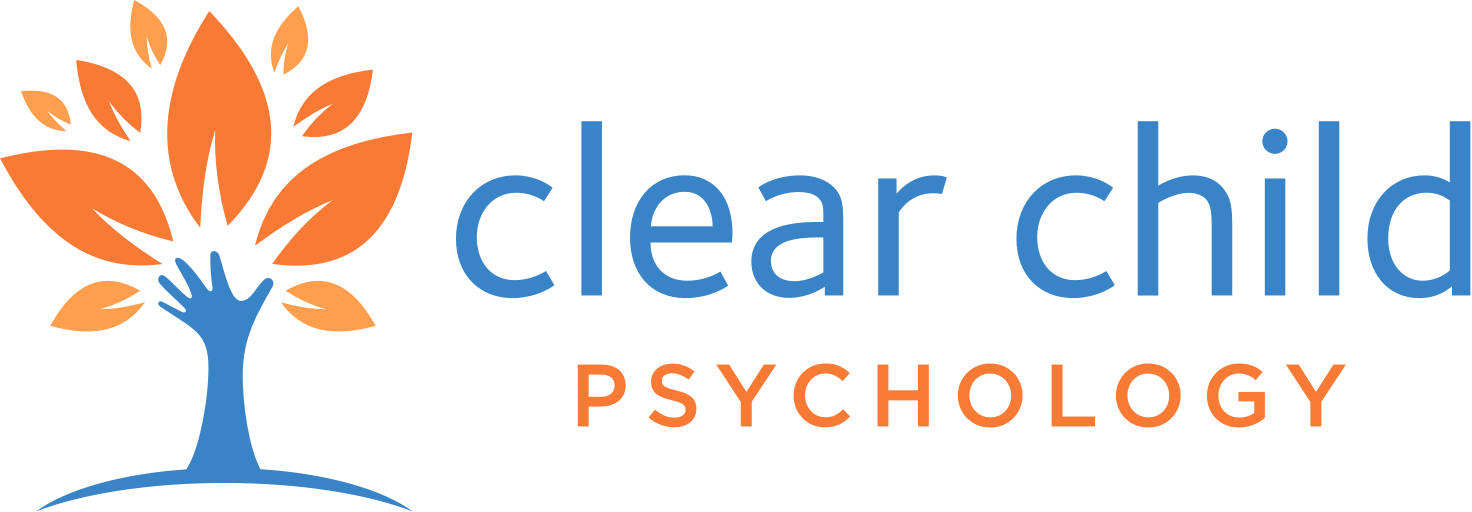Storytelling bonds us.
The ability to tell stories ties us together as a culture. We hark back to the way mom described eating fresh tomatoes out of the garden. We listen as our sister recalls grandma’s picture perfect apple pie. And we tell about about our country’s history, which includes the highs and lows of our shared heritage. Funny stories bond friends together, and love stories dominate the themes of our favorite songs and movies.
Stories provide meaning and context to the relationships we have and the experiences we share. Storytelling is how we relay our experiences and relate to each other.
But what if storytelling was hard to do?
Storytelling comes naturally to many of us, but it is quite challenging for others. As a doctorate student, this intrigued me. So I decided to study the storytelling abilities of people with autism. Clinically, storytelling is called ‘narrative coherence’ — Narrative means story, and coherence means to make sense. I had a hypothesis that people with autism experienced difficulty visually picturing stories in their minds. And thus, retelling stories coherently was a challenge. I decided to test my hypothesis for my dissertation. In order to collect a meaningful amount of data, I watched 71 kids tell stories. The test group had autism, and the control group was neurotypical.
What I learned about storytelling
The study revealed that the autism group indeed had challenges with storytelling. It wasn’t quite so simple as to say, “These kids can tell stories,” and, “These kids cannot.” The interesting part was that both groups could describe the actions of characters. So, what was different? There were three main missing pieces in the stories told by the autism group.
Missing storytelling elements:
- Sequencing: the sequence of events were not put together in a logical order
- Main Idea: they didn’t provide the central idea or the ‘gestalt’
- Integration: they had trouble making connections across the story and wrapping it up with an integrative statement
So what? Well it turns out that it really matters that kids learn how to tell stories. Storytelling challenges impact academics in reading, writing, and oral presentations. More importantly, storytelling is an integral part of the bonding process. We need to share stories of our own and understand the stories of others in order to maintain friendships and other relationships.
The good news: storytelling can be taught. Specific interventions target and teach these important skills quite effectively.
At Clear Child, we assess every child’s storytelling skills. When there are obstacles, we make direct recommendations to help work on this skill. With the right interventions, kids can learn to tell stories. Improving this ability can result in improved performance at school and enhanced social skills, which can ultimately start a child on a path toward long-term success and happiness.
I hope this has helped shed some light on the subject of storytelling. My team and I would love to help you develop ways to help your child improve.
Warmly,
Dr. Marcy Willard
We’re Here to Help
Schedule a free 20-min Discovery Session to start getting support for your family’s unique path and learn more about our coaching and consultation options.




